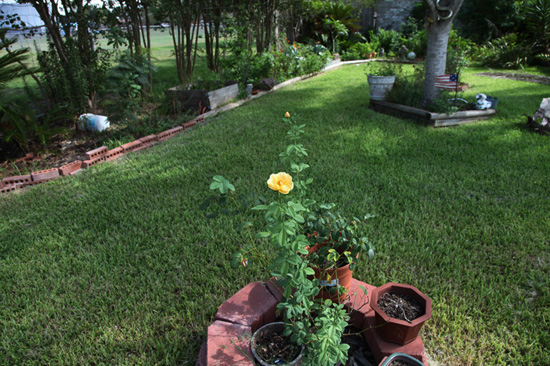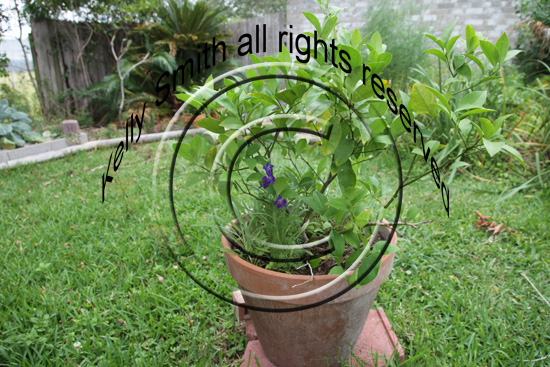Organic Foliar Feeding with Garrett Juice
Developed Over Time by Howard Garrett, the Dirt Doctor, Spraying Your Garden Stimulates Growth
Copyright © Kelly Smith All Rights Reserved; Author’s Google profile Posted May 25, 2011


Many gardeners unknowingly miss half of their fertilization schedule because they focus on the ground. But, foliar feeding will increase your harvest. Why? Because plants also uptake nutrients through their leaves.
In addition to stimulating plant growth, this organic concoction will also protect against some garden pests. Why add foliar feeding to your schedule when you already fertilize on a regular basis? Because it offers yet another, safer avenue to getting nutrition into your vegetable garden, fruit trees, and rose bushes rather than using chemicals and neurotoxins.
If you are into backyard homesteading and self-sufficiency, getting better, healthier yields depends on these types of horticultural strategies.
Basic Garrett Juice Ingredients
- 1 cup compost tea
- 1 ounce liquid seaweed
- 1 ounce molasses (the liquid kind; only use dried molasses for broadcasting.)
- 1 ounce natural apple cider vinegar (my favorite brand is Bragg Organic; my local Kroger grocery store stocks it but you may have to go to a health food store, depending on where you live.)
- 1 ounce fish emulsion
- 1 Gallon water
Additives for Pest and Insect Control
If you would like to boost it up for insect control, add 1/4 cup garlic tea/pepper spray. To make this, use a blender to liquefy 1 clove of peeled garlic, 1 quartered habanero pepper, and 16 ounces of water. If you wear contact lenses, wear disposable gloves when cutting the habanero or when you take them out for the night, you’ll never be able to use them again.
You’ll need to strain the solids out of the resulting liquid. Since the particles are so small, you’ll need a very fine strainer so you won't clog up your spray tip. A good choice is the small fuel strainer for Coleman lanterns and camping stoves.
Walmart carries these. You will have some left over but you can save it for spot treatments later with a hand bottle sprayer. For spot treatment, mix it with 3 parts water.
Some people recommend adding orange oil as well, but I’m a bit wary of using it because it’s a stronger insecticide, and if not done carefully, you will run the risk of hurting your beneficial insects that are so important for the success of an organic garden.


Foliar Feeding Procedure
Add all ingredients to a pump-up garden sprayer and mix well by shaking. The molasses is a very thick liquid so give it little extra shake than you normally would. Pump up your sprayer and adjust the tip to a fairly good mist, not a jet spray. Just lightly coat the leaves; a little goes a long way.
If you have any left over, go ahead and use it up on your ornamentals. I always make enough to spray my magnolia tree, for example. For tall trees like these, you will need to adjust the sprayer tip to a stronger stream in order to reach the higher leaves.
More Trending Articles
- Balanced Soil is the Foundation of Organic Gardening
- Swiss Chard — Nutritious Greens or Ornamental for the Flower Garden?
- The Organic Method of Planting a Tree
- Build a Raised Bed Vegetable Garden
Website © 2011 KSmith Media, LLC; all Rights Reserved; content may not be copied, rewritten, or republished without written permission. Webmaster’s Google profile
